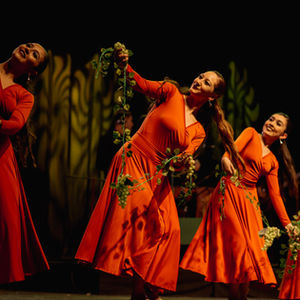TUPA MARKA
Chile, an elongated country whose capital is Santiago, shares its borders with Peru to the north, Bolivia to the northeast, and Argentina to the east. Easter Island in the Pacific has been part of Chile since 1888. Present on three continents, South America, Oceania, and Antarctica, Chile can be defined as a tricontinental country.
It seems that the name of the country has no connection with the Spanish word 'chile' which refers to the chili. This is not entirely true. Some historians still think that this name comes from the narrow and elongated shape of the pepper in reference to the shape of the country.
Located on the Pacific coast of South America, Chile stretches over its four thousand three hundred kilometers long, from Peru to Cape Horn, with an average width of one hundred eighty kilometers. Natural borders isolate Chile from its neighbors. It is separated from Argentina by the Andes, from Bolivia and from Peru by the Atacama Desert which is one of the most arid in the world.
The folk ballet "Tupa Marka", which means "meeting of peoples" in the Aymara language, was born in the city of Puerto Montt in September 2007. In fifteen years of artistic career, he has presented his show throughout Chile and in many countries around the world. The mission of the "Tupa Marka" Folk Ballet can be seen in its performance: to search, find and bring together in a superb show a set of scattered cultural elements, by travelling through the four corners of this country. Bring back moving vestiges of this north that was Bolivian and Peruvian, where survive the Quechuas and Aymaras cultures with their carnivals, processions and votive festivals.
Disembark in the Pampa to learn about the lives of these men on horseback. To revive the history of this beautiful, rich and pure Indian who conquered the soul of a noble Spanish and became the virgin of La Tirana. Sailing to Easter Island, the extreme part of Chile in the middle of the Pacific, before returning to the center of the country and finding the "cueca", a national traditional dance in which each region has its own version.
The folk music of Chile is influenced by its Spanish, Amerindian and African origins. Indigenous culture is today present in music through certain instruments, among others the «cameo», a drum and the «botuto», a kind of trumpet. Spanish culture has allowed the introduction of instruments such as guitar, string instruments, woodwinds and different types of percussion, and many popular genres including the 'galerón', the 'corrido' and the 'guaracha'. The music of the Llanos region, which can be found in other Spanish-American countries, is an example of music born at the time of the Spanish colony. All these instruments are the musical basis of all the '°criollos', small Creole orchestras of the country that accompany the singers of 'joropo'.
The folk ballet "Tupa Marka" will take us to the deepest and most beautiful of a millenary culture that modernity will not succeed in erasing.

















